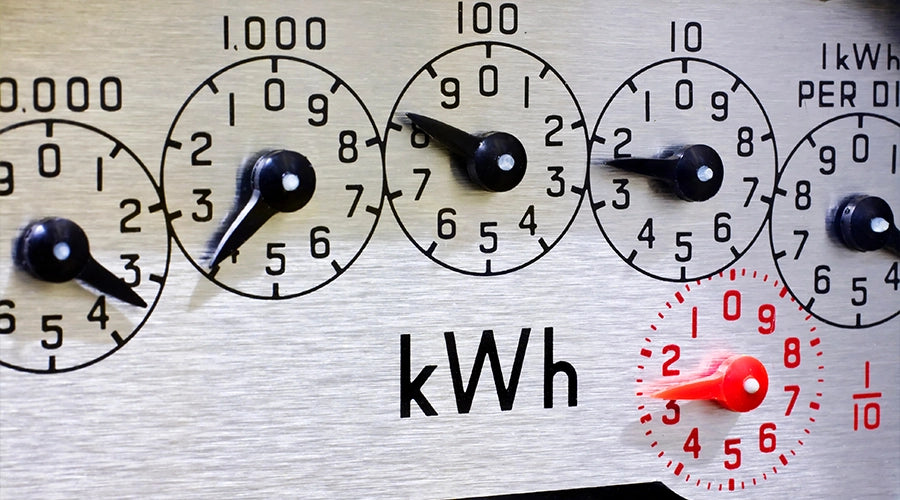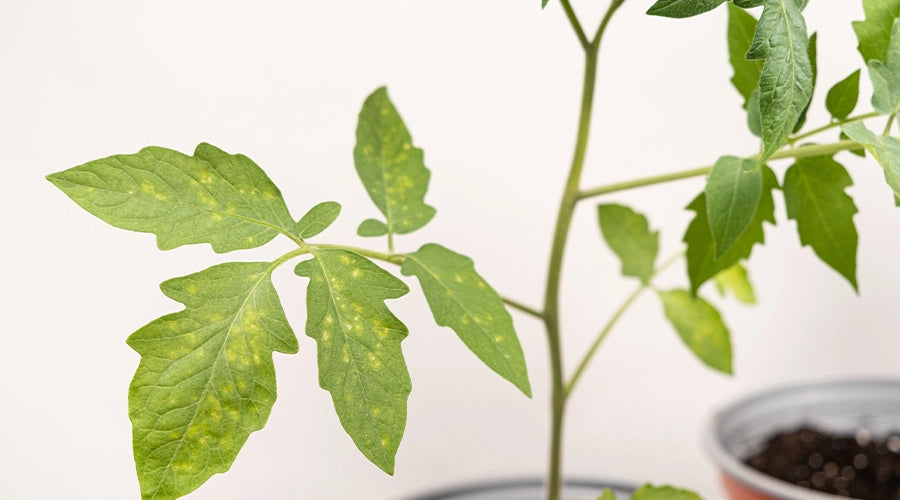
Do LED Lights Use a lot of Electricity
What is LED Light and How Does It Work?
LED lights are a popular choice for lighting because of their energy efficiency and long lifespan. Compared to traditional incandescent bulbs, LED lights use much less electricity and can last for many years, making them a cost-effective and environmentally friendly option.
LED lights work by passing a current through a semiconductor material, which then emits light. Unlike incandescent bulbs, which rely on a filament that heats up and glows to produce light, LED lights do not waste energy by producing heat, making them much more efficient.

LED Light in Terms of Electricity Consumption
In terms of electricity consumption, LED lights are significantly more efficient than incandescent bulbs. For example, a traditional 60-watt incandescent bulb produces the same amount of light as a 9-watt LED bulb. This means that if you replace all of the incandescent bulbs in your home with LED lights, you could reduce your energy usage by up to 80%.
LED Light is Long Lasting
In addition to their low energy usage, LED lights also have a much longer lifespan than traditional incandescent bulbs. While an incandescent bulb may last for only a few months, an LED bulb can last for several years, reducing the need for frequent replacements and the associated costs.
Can Be Used for Multiple Purposes
Another benefit of LED lights is their versatility and adaptability. LED lights come in a wide range of sizes and shapes, making them suitable for a variety of applications. As they are indispensable for grow tents are preferred in many other fields. For example, they can be used in homes, offices, retail stores, hospitals, schools, and even streetlights. They can also be dimmed, which allows you to adjust the light level to suit the occasion, creating the perfect ambiance for any situation.
Led Lights are Durable
LED lights are also very durable and can withstand harsh environments, making them ideal for outdoor use. They are resistant to shock, vibration, and temperature changes, and are not easily damaged by moisture or water, unlike incandescent bulbs. This makes them ideal for use in outdoor areas where they may be exposed to the elements.
LED Light Emits Very Little Heat
Another environmental benefit of LED lights is their low heat emission. Unlike traditional light sources, LED lights emit very little heat, reducing the risk of fire and making them a safer option. They also do not contain hazardous materials, such as mercury, which is commonly found in fluorescent lights and can be harmful to the environment.
Led Lights are Fast
Another advantage of LED lights is their instant on and off capabilities. Unlike traditional lights that take time to warm up to their full brightness, LED lights turn on instantly and reach full brightness immediately. This is particularly useful for applications such as security lighting, where quick and reliable lighting is essential.
Led Lights Render Colors Accurately
LED lights also have a wide color rendering index (CRI), which means that they accurately render colors, making them ideal for use in color-critical applications such as art studios, museums, and galleries. This is in contrast to traditional lights, which can often distort colors, making it difficult to achieve accurate color reproduction.
Light and Handy Dimensions
LED lights also have a small form factor, which makes them ideal for use in tight spaces and areas where traditional lighting sources are not feasible. They are also lightweight, making them easy to install and move around as needed.
Are Led Lights Expensive?
In terms of cost, LED lights may initially be more expensive than traditional lighting sources, but the long lifespan and energy savings make them a cost-effective option in the long run. In addition, many countries offer rebates and incentives to encourage the adoption of energy-efficient lighting, making the switch to LED lights even more affordable.
Easy Usability
It is worth noting that LED lights also offer a high degree of control and customization. With the use of smart lighting systems, LED lights can be easily programmed and controlled, allowing you to adjust their brightness, color temperature and even program them to turn on and off automatically. This not only saves energy but also adds extra convenience and functionality to your lighting setup.
Design Options of LED Lights
LED lights also have the ability to be used in a variety of lighting configurations such as recessed lighting, track lighting, and even lighting fixtures specifically designed for LED lights. This offers more flexibility and design options, making LED lamps a versatile option for any space.
Compatibility with Smart Technology
It is also compatible with a range of technologies such as LED lights, wireless lighting controls, and IoT-enabled devices. This provides seamless integration with other smart home devices and opens up new possibilities for home automation.
LED Lights Are Environmentally Friendly
Also, LED lights are environmentally friendly as they produce very little e-waste. Conventional lighting sources such as incandescent bulbs and fluorescent tubes generate a significant amount of waste and cannot be easily recycled. In contrast, LED lights are easily recycled and have a smaller carbon footprint, making them a more sustainable choice.
In conclusion, LED lights offer a wide range of benefits, including their energy efficiency, long lifespan, versatility, durability, low heat emission, environmental friendliness, instant on and off capabilities, wide color rendering index, small form factor, and cost-effectiveness. With so many benefits, it is no wonder that LED lights are rapidly becoming the preferred choice for lighting applications around the world.


